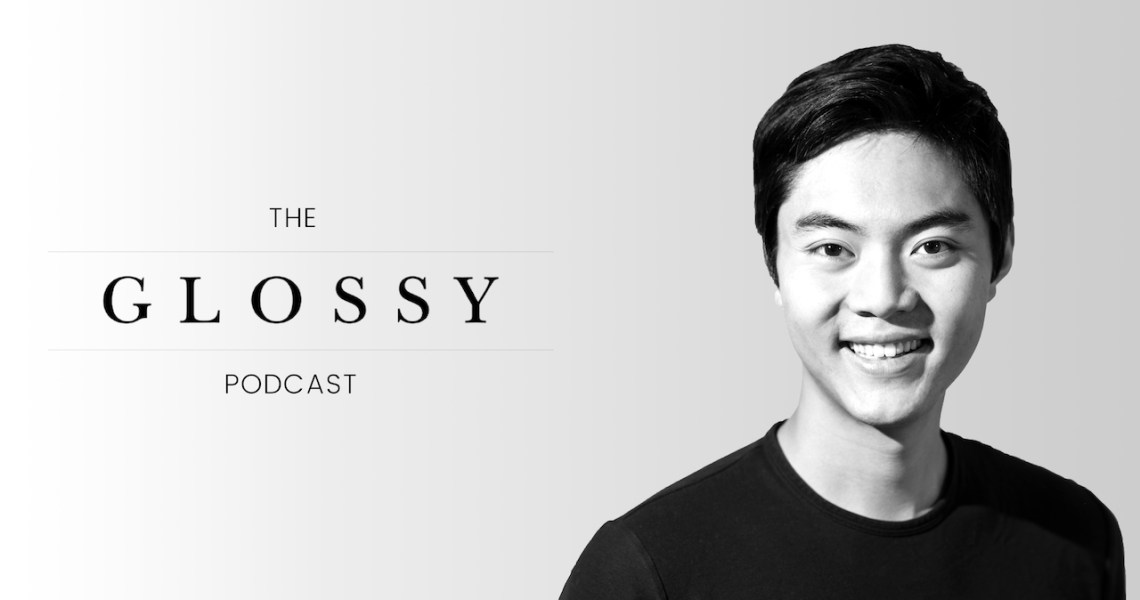Subscribe: Apple Podcasts | Stitcher | Google Play | Spotify
The direct-to-consumer brands that have sprung up in the last decade have promised to deliver quality at a better price by cutting out the middlemen: retailers.
Italic wants to do the same, but is taking a different approach by working with multiple manufacturers that supply to top brands. Its result is a broad lineup of quality products, without brand names or premium price tags.
The company launched in 2018 with a different membership than the model it recently adopted — the annual cost is now $100, which can quickly pay for itself in savings, according to founder and CEO Jeremy Cai. The company sells products ranging from leather jackets to handbags to cookware. For each one, Italic’s site specifies which companies its manufacturer supplies (like Hugo Boss, Armani and Longchamp, in the case of backpacks).
“Italic is actually a very easy math exercise to just do in your head: ‘Hey, am I going to make my money back on $100, if I purchase one time?’ And over 90% of the time, that is correct,” Cai said on the Glossy Podcast.
Cost-consciousness might not be the first value someone identifies with, but Cai says it’s an evergreen one. “There are millions of Costco shoppers, there are millions of people who really love Spotify instead of purchasing music outright,” Cai said. “The shopping mindset of, ‘I want to buy things that’ll be a great deal; I want to be smart about my purchases,’ accelerated our desire to actually go to market” with the new membership pricing.
Here are a few highlights from the conversation, which have been lightly edited for clarity.
Ad position: web_incontent_pos1
The prerequisites to entering a category
“On the qualitative side, I think it’s fairly straightforward, the way we have our merchandising benchmarks: One, is this a category that is already online? Did other brands or companies already do education, so we’re not going to be the first ones doing it? We like to see existing traction in a market before we develop a category in it. Is it high margin already? We really value having products that are high perceived value. Because Italic is so focused on value, being a great quality product at a fair price point, we want to see a high difference between our sales price and the sales price of our competitors. And then finally, we don’t really want to see any technical complexity. Maybe we will one day, when we reach sufficient scale. But we probably won’t go into things like razors or subscription or custom products.”
Shoppers are always looking for a better deal
“With Covid, people are becoming more value-conscious, [but] being value-conscious is always something that is not seasonal. I think it’s always been in vogue even though it’s not something people like to brand themselves as. There are millions of Costco shoppers, there are millions of people who really love Spotify instead of purchasing music outright. I think, for us, the change in the U.S. shopping mindset of, ‘I want to buy things that’ll be a great deal; I want to be smart about my purchases,’ accelerated our desire to actually go to market with the [$100 per year] membership, and we started piloting it in April.”
Italic versus the direct-to-consumer boom
“In the first wave of the online, digitally-native or direct-to-consumer brands, the whole goal and messaging back then was around value: ‘We’re cutting out the middleman; we’re democratizing luxury.’ How many times have you heard that? And those were exciting times, because for the model at the time, it was not about innovating on the branding or the messaging or the storytelling. But really, it was about: ‘We want to take out the retailer margin and offer better quality at better prices than the traditional model would allow.’ It was really powerful, because price does matter a lot in a purchasing decision. When people said ‘cutting out the middleman,’ they were really referring to cutting out the retailer, who would take 30-50% of the wholesale margin.
“But what has changed over the years is that the model has shifted toward, ‘Let’s price high, but still use the same narrative of cutting out the middleman.’ But this time, the middleman isn’t a Target or Nordstrom or a retailer. It’s Facebook and Google. And customer acquisition costs have basically forced these direct-to-consumer models to operate the same as their predecessors, which is: price 5 to 10 [times] the cost of goods; assume that 30-50% of that, if not much more, will probably go to customer acquisition cost, if you’re a venture-backed company; and then hope that you can make some market for yourself. And in my opinion, that’s bad for the customer, for the advertiser and marketing ecosystem, and for the manufacturers, because you’re constantly looking to decrease costs.”




